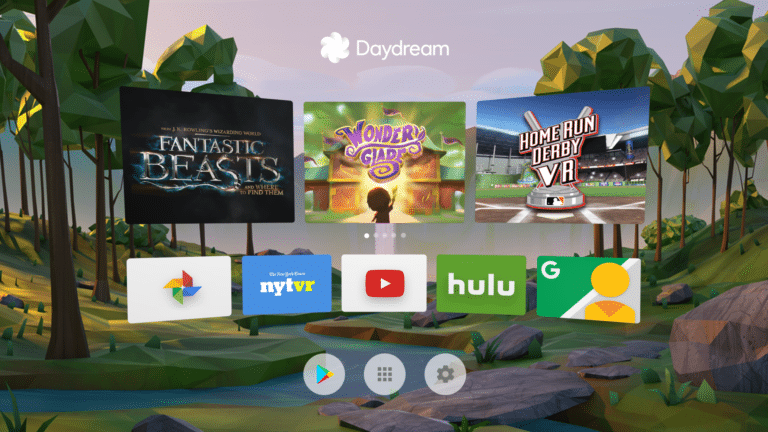
Moving beyond the “vanity metrics” that ruled the smartphone era (i.e. app downloads instead of usage), VR will hold a greater capacity for engagement analytics. That will include things like session lengths, but also more immersive and “native” analytics like gaze. See the work being done by Thrillbox.
To that end, Google is collecting lots of analytics, as it tends to do, from Daydream app usage. And the findings are telling for developers or anyone at VR’s early stages trying to feel out user proclivities (read: all of us). This was explored in a drill-down session on Daydream at Google I/O (video below).
Among the findings:
— 40 minutes of time is spent on Daydream weekly per user; this is consolidated into fewer and longer sessions than smartphone apps
— 50 percent of time spent in daydream is with video (i.e. Netflix)
— 40 percent of sessions include at least one click on a discovery window; 35 percent of sessions include a visit to Google Play VR store
— 3x more buyers per active user compared with 2D mobile apps; and 32 percent more spend
— App rating increases with session lengths
There are lots of takeaways including sessions lengths, which can inform app developers. That includes optimizing for sustained periods of play, as opposed to content snacking — i.e. checking instagram, WordswithFriends etc. — that defined smartphone usage.
“Users are spending 40 hours per week in VR. But what’s unique is that this is spent in a couple sessions, usually in the evening and at home,” said Google Group Product Manager Brahim Elbouchikhi. “As you build content for VR, think of a sit down meal experience, not a snack.”
The full video is embedded below, programmed to start at the optimal time for the meat of the presentation. Enjoy.
